1. The HOA Is More Powerful Than the Mayor

Homeowners’ associations, or HOAs, often have the final word on how a neighborhood feels. From paint colors to the height of your grass, they regulate details that seem small but affect daily life. Residents usually joke about it, but in reality, these boards wield significant power. Many suburbs quietly accept this micro-government because it keeps property values high.
Still, the authority can be suffocating. People rarely want to admit they’re paying fees to be told what kind of mailbox they can buy. It’s especially awkward when HOAs fine neighbors for things like holiday lights or basketball hoops. Suburban residents often laugh it off in conversation, but privately, it can feel like living under strict, unspoken rules.
2. Property Taxes Quietly Shape Everything
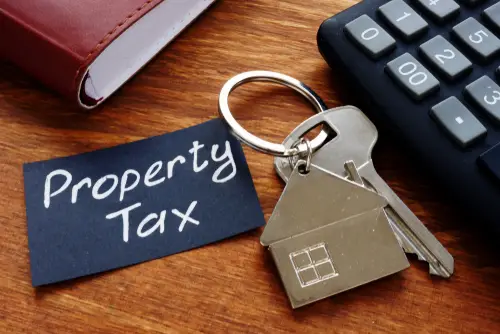
Most suburban homeowners don’t talk about it, but property taxes are the engine behind schools, libraries, and even how nice the parks look. If your suburb has manicured soccer fields and well-stocked libraries, chances are those taxes are high. Residents often downplay this when bragging about “great schools.” They forget the money doesn’t come from nowhere—it’s written into those tax bills.
The irony is that this funding structure creates huge disparities between suburbs that are just a few miles apart. A wealthy suburb may fund AP classes and fancy science labs, while a working-class suburb struggles with basics. Residents don’t like to admit this unequal setup, especially if they benefit from it. But the quality of “the good life” in suburbia often has a direct price tag tied to those taxes.
3. Commutes Aren’t Just Annoying—They Define Life

Living in the suburbs often means trading a yard for long hours in traffic. Commutes to city jobs can average 30 to 60 minutes one way in many metro areas. That’s a chunk of your life, yet most people don’t openly admit how draining it is. Instead, they talk about the “peace and quiet” at home as though that balances it out.
The hidden truth is that commutes eat into family time, socializing, and even health. Studies have linked long commutes to higher stress and lower satisfaction, but residents normalize it. It becomes a secret bargain—endure the car rides for the sake of a bigger house. Suburbanites often downplay how much this daily grind really wears them down.
4. Strip Malls Are the Real Town Centers

Forget the picturesque “Main Street” image many suburbs market. In reality, the local strip mall with a nail salon, pizza place, and urgent care is where life happens. Residents may not admit it, but that’s where they run into neighbors, grab quick dinners, and even hang out. It’s not glamorous, but it’s the backbone of suburban life.
Still, people pretend the strip mall is just a convenience, not a community hub. No one likes to say they socialize more in a Target parking lot than at a local park. Yet the rhythms of suburban living revolve around errands, not strolls down quaint sidewalks. That quiet truth is part of what keeps suburbia humming along.
5. Cars Rule Everything
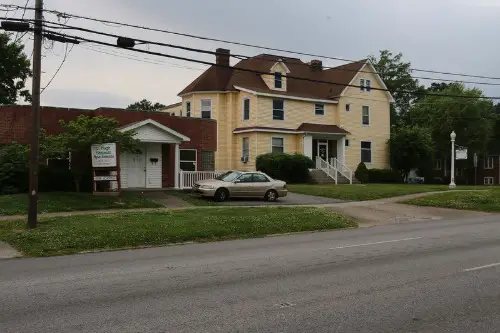
Even in suburbs with sidewalks, life revolves around cars. Grocery shopping, commuting, dropping kids off—most of it is impossible without one. Residents rarely acknowledge this dependency because it feels normal. But the reality is that suburban design makes driving non-negotiable.
This has ripple effects. Families often budget for two or three cars, and teenagers can’t wait to get their licenses just for independence. Public transit options exist in some suburbs, but they’re usually unreliable or underfunded. Residents don’t like to admit just how car-locked their lives truly are.
6. The Diversity Gap Is Real
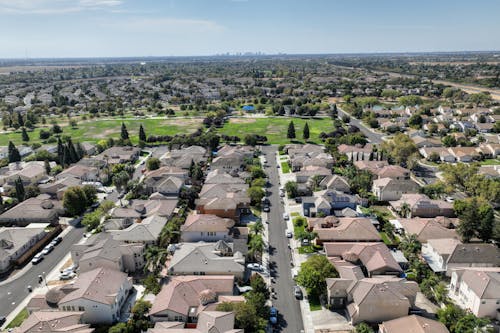
Many suburbs were historically built around the idea of separation, not mixing. Zoning laws, housing costs, and old discriminatory practices like redlining shaped who lived where. Even today, some suburbs are far less diverse than the cities they orbit. Residents may not talk about it, but the difference is visible.
This matters because diversity—or the lack of it—affects schools, cultural events, and daily interactions. People often describe their suburb as “safe” without realizing that word sometimes hides coded meanings. It’s uncomfortable to admit that history and economics still shape suburban demographics. Yet it’s one of the biggest unspoken truths of suburban life.
7. The “Good Schools” Label Isn’t Just About Education
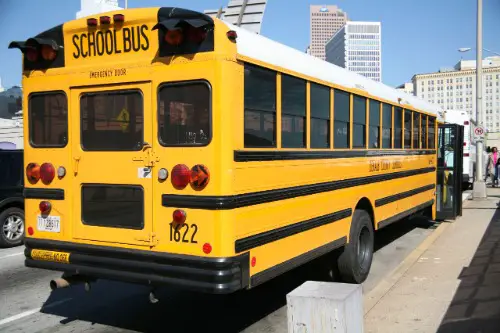
When people say they moved to a suburb for the schools, it’s partly true. But “good schools” often act as a polite stand-in for high property values, certain demographics, and perceived safety. Families know this, but they rarely say it out loud. Instead, they frame it as purely an investment in their kids’ education.
In practice, the reputation of a school district boosts or drags down the entire housing market. Realtors emphasize it, and parents feel pressure to buy homes in the “right” district. It’s less about test scores alone and more about status. Residents keep up the illusion that it’s all about academics, though the subtext runs deeper.
8. The Hidden Cost of Big Lawns
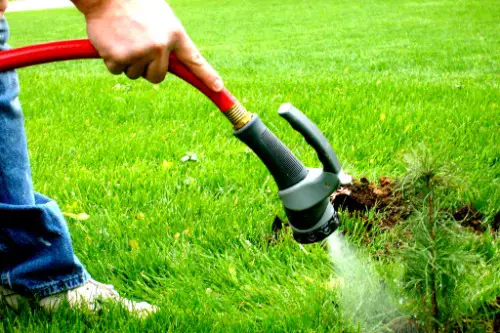
Suburbs are famous for wide green lawns, but they’re expensive and thirsty. Maintaining them takes gallons of water, hours of mowing, and often chemical fertilizers. Residents show them off as a symbol of success, but few like to admit how impractical they really are. The upkeep is both financial and environmental.
In drought-prone states, lawns are especially wasteful. Yet HOAs and social norms pressure homeowners to keep them perfect. People may grumble about mowing on Saturdays, but they rarely challenge the tradition. Lawns are a suburban secret: beautiful, yes, but also a costly obligation.
9. Retail Turnover Is Constant

That shiny new coffee shop or boutique? Odds are, it won’t last five years. Suburban retail spaces churn constantly because small businesses struggle against big chains. Residents may gush when something opens, but quietly accept the disappointment when it shuts down. The cycle is so common, it’s almost expected.
This turnover makes suburbs feel less stable than they look. A shopping plaza can go from bustling to half-empty in a short span. Yet people still talk about how “established” their community feels, brushing off the reality. Behind closed doors, many know that commercial survival in suburbia is tough.
10. Teenagers Are Bored Out of Their Minds
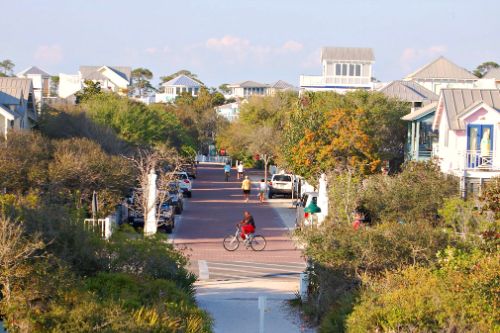
Suburbs are built for families, not teenagers. Once kids hit high school, they often find themselves stuck between malls, fast-food spots, and basement hangouts. Residents pretend the suburbs are great for all ages, but teens would often disagree. The lack of independent spaces fuels both boredom and rebellion.
It’s one of those open secrets no one likes to confront. Parents might complain about their kids always wanting to “go into the city,” but it’s obvious why. Suburban design leaves few outlets for teen energy outside of sports. The result is a youth culture that thrives on sneaking around, not structured fun.
11. Emergency Services Are Stretched Thin

On the surface, suburbs feel safe and well-serviced. But in many areas, police, fire, and EMS departments are under pressure. Expanding populations don’t always come with proportional funding increases. Residents assume help is minutes away, but that’s not always true.
Ambulance response times, for example, can lag in outer-ring suburbs. Fire departments sometimes rely heavily on volunteers, which works—until it doesn’t. People rarely bring this up at block parties, preferring to preserve the image of suburban safety. Still, it’s a vulnerability many residents quietly know exists.
12. The “Peace and Quiet” Comes at a Price
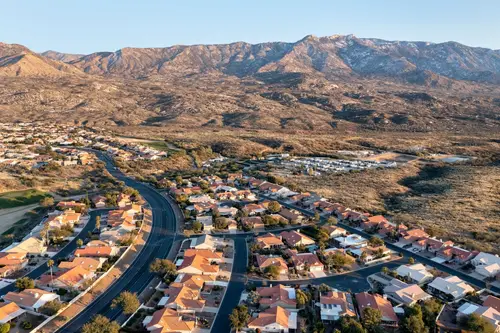
The classic suburban promise is peace, quiet, and space. But that comes with hidden trade-offs: isolation, fewer cultural events, and dependence on driving. Residents highlight the calm but often ignore the loneliness that can come with it. Especially for older adults, the quiet can feel more like isolation than bliss.
That silence also means less spontaneity. You can’t just walk to a concert or grab food at midnight like you might in a city. Life is more scheduled and less serendipitous, though people rarely admit it. Suburban peace is real—but so is the cost of missing out on urban vibrancy.
This post 12 Secrets About U.S. Suburbs That Residents Pretend Don’t Exist was first published on American Charm.


